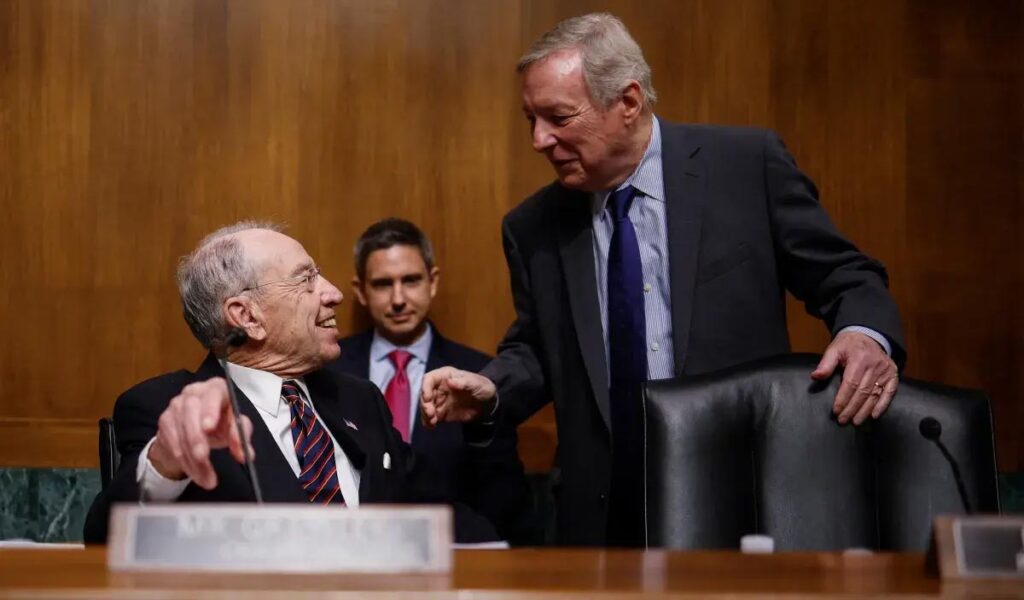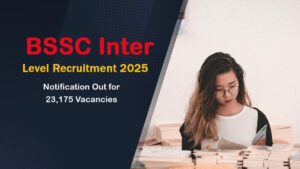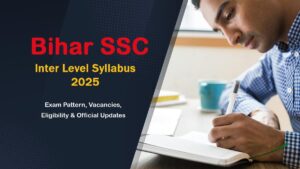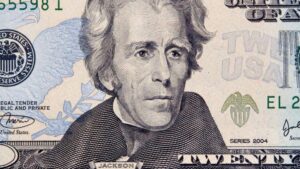On September 29, 2025, U.S. Senators Chuck Grassley (R-Iowa) and Dick Durbin (D-Illinois) formally reintroduced a bipartisan bill aimed at overhauling the H-1B and L-1 visa frameworks, citing widespread abuse in high-skilled immigration programs. The H-1B and L-1 Visa Reform Act of 2025 seeks to tighten eligibility, impose stronger enforcement tools, and prioritize genuinely high-skill, high-wage foreign talent.
The bill emerges amid escalating controversy over a recent Trump administration executive action that imposes a staggering $100,000 fee on new H-1B visa petitions—dramatically higher than prior costs and viewed by opponents as a blunt instrument. Proponents of reform argue that the existing visa regime allows firms to displace U.S. workers and pay below-market wages to foreign labor, while critics warn of severe disruption to technology firms and global talent flows.
Key Provisions of the Proposed Reform
- Elevated wage and attestation standards: The bill would require sponsoring employers to pay wages that reflect prevailing market rates and attest that hiring an H-1B or L-1 worker won’t displace American workers.
- Mandatory job posting and recruitment transparency: Employers seeking H-1B workers must post job openings publicly for a minimum period, giving U.S. applicants visibility.
- Expanded auditing and enforcement tools: The Department of Labor (DOL) and Department of Homeland Security would gain subpoena power, unannounced audit capabilities, and stronger penalties—ranging from $5,000 to $25,000 or even $150,000 per serious violation.
- Merit-based selection and degree prioritization: The lottery system would be replaced or supplemented with preference for foreign applicants holding advanced U.S. degrees (especially in STEM), or those commanding higher compensation.
- Tighter constraints on L-1 transfers: The bill narrows loopholes around intra-company transfers, limits offsite placements, and strengthens rules to avoid abuse of the L-1 status as a backdoor to H-1B.
Potential Impacts & Industry Reactions
If enacted, the legislation could significantly increase compliance costs and regulatory burdens for U.S. firms—especially those in tech, outsourcing, and consulting. Many Indian and other foreign nationals currently relying on visa sponsorship may face steeper barriers.
Tech companies argue that the sudden $100,000 visa fee already imposed by executive order has created chaos—some have paused hiring, while others are exploring alternatives like remote staffing or relocating jobs offshore. Industry bodies warn that such costs could squeeze innovation, slow growth, and shrink talent pipelines.
Supporters counter that the reforms are overdue corrections to a system long criticized for enabling wage suppression and worker displacement. Senator Grassley, in remarks, emphasized that the bill aims to “restore integrity” to the visa programs by closing abuses and reinforcing protections for both domestic and foreign workers.
Challenges Ahead & Outlook
Passing the bill faces notable hurdles. Congress must reconcile competing visions: some lawmakers favor sweeping restriction (e.g. the American Tech Workforce Act, which proposes a $150,000 salary floor for all H-1B roles) while others call for more moderate reform. The executive branch’s recent fee imposition may also face legal challenges on whether the presidency can unilaterally levy such costs on visa programs.
Meanwhile, firms and visa holders await clarifying guidance. The high-skilled talent pipeline, especially in sectors like AI, biotech, and cloud computing, watches closely, as any ripple effects may rewire global talent flows.





